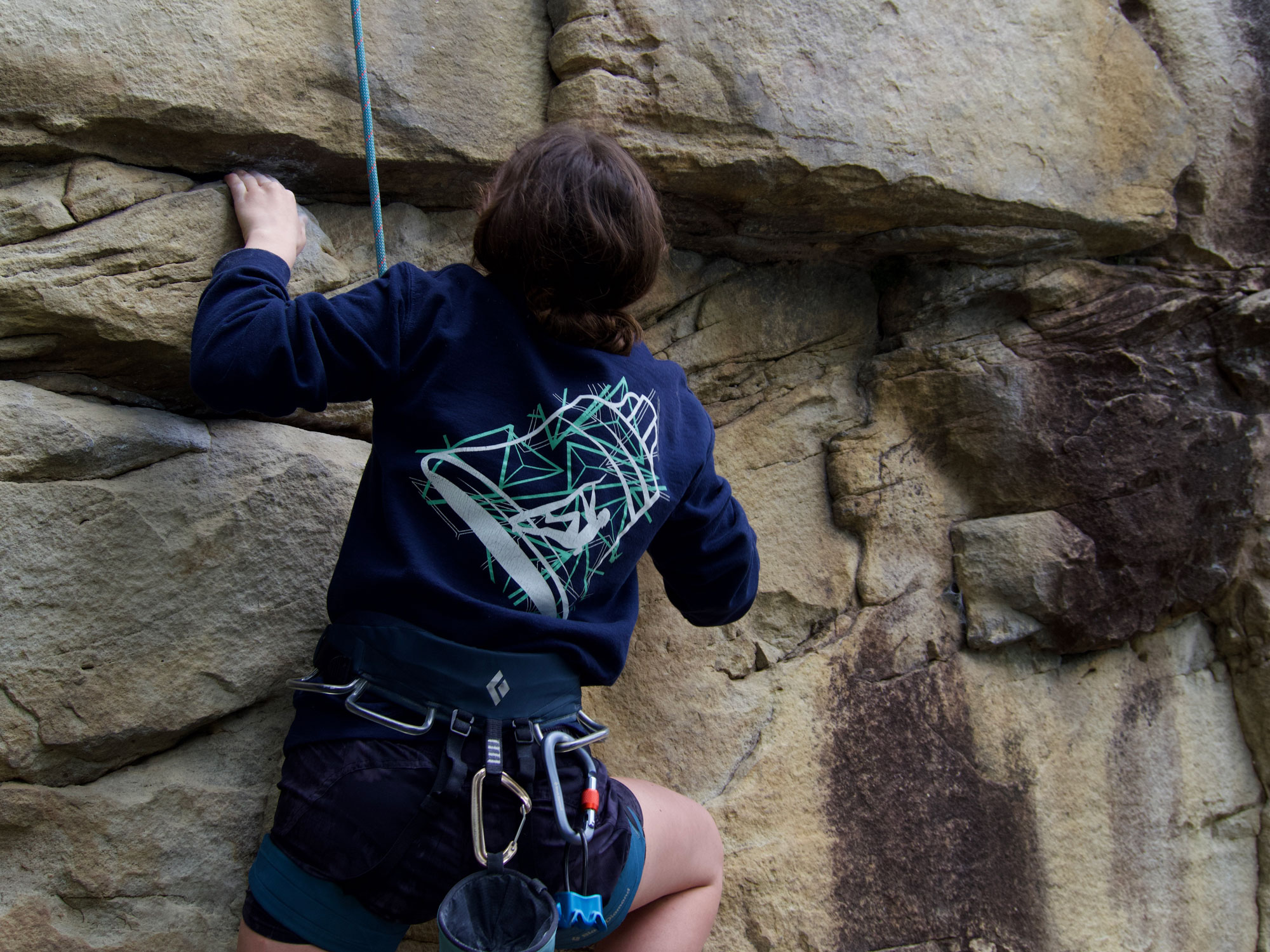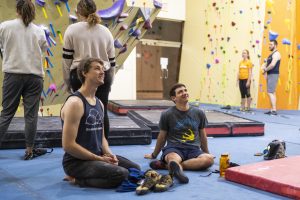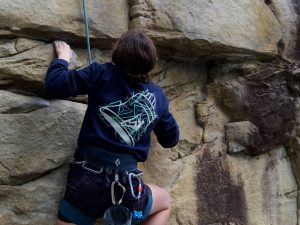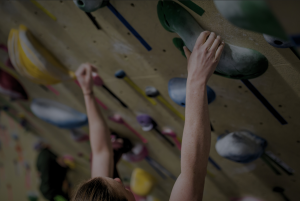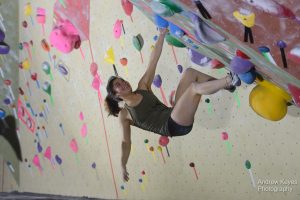What to Train On?
The most significant performance gains come from training that is sport specific. Runners run, swimmers swim, and, of course, climbers climb.
However, just as trail running requires a different set of strengths than running on a track, and swimming across the English Channel requires a different set than swimming in a pool, effectively improving your performance in climbing requires training on problems or routes that most closely fit your long-term goals.
Luckily, choosing training problems is actually one of the simpler things to do in climbing. The following guidelines will help you choose the best problems to put into your workouts.
#1: Train what you know.
The most basic rule of training is one many climbers, including high-end climbers, neglect far too often. When trying to build strength, endurance, or any related system, it is better to climb routes you know well than ones you don’t.
Why? Because unfamiliar routes mean unfamiliar moves. Unfamiliar moves are more likely to spit you off when you are tired, or lead you to reinforce sloppy habits while you desperately flail to stay on.
When trying to overload your muscles during training, you want failure to occur because you are genuinely out of gas, not just because you made a simple mistake or technical error. Training on problems you have mastered reduces the chances of a poor choice, or poorly executed move, leading to a fall before we have truly maxed out our physical efforts.
The one exception to this is a project session, where the whole point is to explore and send new problems that you can train on later. Projecting, incidentally, is one of the most effective ways to train technique.
#2: The Rule of Threes
Many experienced and novice climbers alike have trouble building their list of good training problems. The Rule of Threes is an effective method for keeping that bucket full. The basic idea is below.
Once you have sent a new problem–whether it was a project or a warm up–you aren’t done with it. After your initial send, your next goal should be to send it at least two more times (for a total of three). Once you have done that, you likely know it well enough to use it as part of a workout, though probably one of your harder workouts.
But you aren’t done yet!
After you’ve sent it three times, your next goal should be to send it three times in one night (for a grand total of 6, or 2×3, sends). Once you can do that you have likely mastered all the moves and the problem should definitely become part of your workouts.
But wait, there’s more!
After you’ve sent it three times in one night, your final goal should be to send it three times in a row, with little to no rest (for a total of 9 or 3×3, sends).
Once you have completed this task, you have not only mastered all the moves, but mastered the problem as well. It can still be used as part of your workout, but is most valuable for hypertrophy or conditioning work.
#3: Train on steeper walls.
Rock climbing involves a large range of angles. From low-angle slabs, that rely on balance and finesse to make it through, to fully horizontal roofs, that require gymnastic trickery.
Experience indicates that the best angles to build strength and endurance are between 10 and 40 degrees overhanging. Lower angle walls put too much weight on your feet. While this is a great way to improve your technique, finger and forearm development will be extremely slow due the difficulty of truly overloading them at this angle.
On the other end, walls that are steeper than 45°, put too much emphasis on finger strength. Therefore they are not great training angles until you are climbing grades that are fairly high on the scale.
Even then, evidence shows that strength and endurance gains translate well from 20-40 degree walls to steeper angles. However, the opposite is not generally true. Why that is true is beyond the scope of this article. In short, until you are regularly sending V8 and above, you will see reliable and more finger-friendly progress if you focus your workouts on 10-40 degree overhanging walls.
#4: Vary your climbs!
We all have a tendency to stick with what we can do well and choose problems that cater to our strengths. It you are good at crimpers you tend to stick to sending crimp-heavy problems. If you are good at dynos, you prefer climbs with big moves.
The whole point of training, though, is to improve your climbing, so if you avoid training your weaknesses, you will slow that process down considerably. Perhaps more importantly, training the same style of movement over and over on the same types of holds will increase your risk of injury considerably.
To avoid both of these issues, choose a wide variety of problems, on multiple angles, with as many different hold types as you can find. Slopers, pinches, crimps, jugs, underclings and side-pulls. Learn to love them all.
#5: Aim for consistency.
While being consistent is generally a nice character trait, our final rule refers to the difficulty of your problems.
Training is all about overloading your muscles so they are forced to adapt to handle that load. Unlike other sports where consistent effort can be controlled precisely by speed or weight, climbs come in many varieties. From ultra-long endurance slogs where every move is as difficult as the last, to one move wonders where everything other than the crux move is trivial. And every combination in between!
The ideal workout consists of climbs where every move is exactly as difficult as every other move. This is, of course, an ideal and therefore rarely achievable in practice. For our purposes, however, it is enough to avoid cruxy climbs with stopper moves. Also avoid “low percentage” sections where success is less likely. Instead aim for climbs where the difficulty remains reasonably consistent over the entire climb.
All material is reprinted with the permission of the author. Copyright 2022 David H. Rowland. All rights reserved.


